HOT PRODUCTS
In modern households, fridges with built-in water dispensers or ice makers have become increasingly popular. These appliances offer a convenient way to access chilled, filtered water. However, a common question arises: Is fridge water safe to drink?
While many refrigerators come with filtration systems designed to improve the taste and purity of the water, it’s essential to understand the factors that could affect the safety of water dispensed from your fridge.
In this article, we will explore the different elements that contribute to the safety of fridge water and provide tips for ensuring your water stays clean and safe to drink.
Understanding Refrigerator Water Systems
Refrigerators equipped with water dispensers and ice makers usually include an in-built filtration system. These filters are designed to remove chlorine, sediments, and some common contaminants, improving the water's taste and clarity.
However, the effectiveness of these filtration systems depends on several factors:
1. The Filter’s Quality and Capacity
Refrigerator filters are typically activated carbon filters that work by adsorbing impurities, improving the taste and odor of the water. They also reduce chlorine and some heavy metals, such as lead. However, not all filters are created equal, and their ability to filter out specific contaminants may vary.
Some filters are certified to meet certain standards, such as NSF/ANSI standards, which indicate that they have been tested for the removal of certain contaminants like lead or cysts. Be sure to check the specifications of the filter and whether it meets recognized safety standards.
2. Filter Maintenance
Most refrigerator filters need to be replaced every 6 months or after a set amount of water usage. Over time, filters lose their effectiveness and may even become breeding grounds for bacteria if not replaced regularly.
If you don’t replace the filter, you may inadvertently be consuming contaminants that the filter can no longer remove, making the water unsafe to drink.
3. Water Source
The safety of fridge water ultimately depends on the water coming into the refrigerator. If your home receives tap water that is heavily chlorinated, contains contaminants like heavy metals or bacteria, or has low mineral content, it could compromise the safety of the water dispensed from your fridge.
It’s always a good idea to check with your water utility provider for the water quality report, especially if you live in an area with known water quality concerns.
Risks of Drinking Fridge Water
While fridge water is typically considered safe, several factors can introduce risks to your health:
1. Bacterial Growth in the Water Line
Over time, bacteria and mold can build up in the water dispenser and its connected pipes, especially if the fridge is not cleaned regularly. These microorganisms thrive in moist environments and can contaminate the water.
Biofilm, a slimy coating formed by bacteria, can also accumulate in water lines, potentially affecting the taste and quality of the water. This biofilm can harbor harmful pathogens, posing a health risk.
2. Contaminated Filters
If you don't replace your fridge's water filter regularly, contaminants like bacteria, pesticides, and heavy metals can build up in the filter, which may then leach back into the water. A clogged or outdated filter could also lead to reduced water flow, making it more likely for the system to malfunction or deliver unfiltered water.
3. Improper Maintenance of the Fridge
The interior of your refrigerator, including the water dispenser, can accumulate dust, grime, and mildew if not cleaned regularly. Water dispensers should be wiped down with disinfectant regularly to avoid microbial contamination.
If the fridge is not regularly defrosted or cleaned, mold and mildew can form, affecting both the fridge and the water supply.
4. Temperature Variations
The temperature inside the fridge plays a key role in keeping bacteria at bay. If the temperature is too high (above 40°F or 4°C), the water dispenser and ice maker may become breeding grounds for bacteria. Keeping the fridge at the right temperature is essential for ensuring the water remains safe to drink.
How to Ensure Safe Fridge Water
If you’re concerned about the safety of fridge water, there are several steps you can take to minimize risks and ensure the water you drink is clean and pure.
1. Regularly Change the Water Filter
Follow the manufacturer's instructions for replacing the filter. Most filters need to be replaced every 6 months or after a specific amount of water has passed through them. Set a reminder to change the filter on time to ensure continuous, clean water.
Consider upgrading to a higher-quality filter if your current one isn’t effectively removing contaminants.
2. Clean the Water Dispenser
Regularly clean the water dispenser nozzle, ice maker, and any parts that come into contact with water. Use mild soap and water or a disinfectant safe for appliances. Make sure all parts are completely dry before reassembling to prevent mold and bacteria growth.
Clean the refrigerator’s water lines every 6 months to remove any buildup or bacterial contamination.
3. Check the Water Temperature
Make sure the refrigerator temperature is set at 37°F (3°C) to 40°F (4°C), which is the optimal range for food storage and helps prevent bacterial growth.
4. Consider Installing an Additional Filtration System
If you live in an area with hard water or know that your tap water contains specific contaminants, consider installing a reverse osmosis system or a separate under-sink water filter. These systems can provide a higher level of filtration, ensuring that you are drinking pure, safe water.
5. Inspect the Water Source
If your fridge is hooked up to a tap water source, ensure that your home’s water supply is free of harmful contaminants. You can have your water tested for impurities or consult your local water utility’s reports to ensure the quality of your tap water.
Conclusion
Fridge water can generally be safe to drink if the water filter is maintained, replaced regularly, and if the appliance is cleaned and serviced as recommended. However, there are risks associated with bacterial contamination, mold growth, and the use of outdated filters. Regular maintenance and careful attention to the water source are key to ensuring that the water dispensed from your fridge remains safe.
By taking the necessary precautions, you can confidently enjoy cool, refreshing water from your fridge while minimizing potential health risks.





 Language
Language
 English
English Español
Español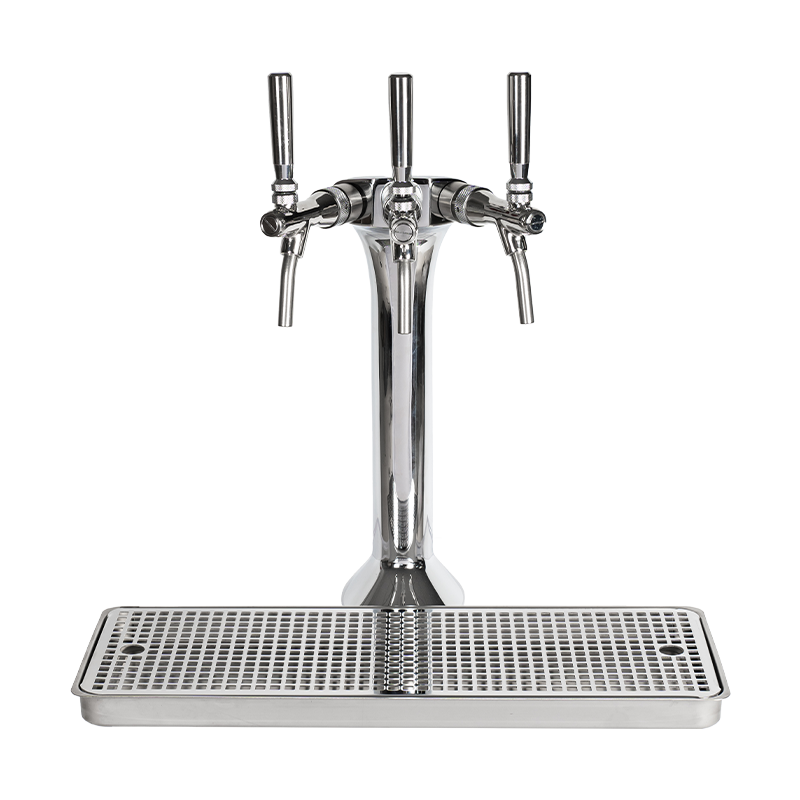

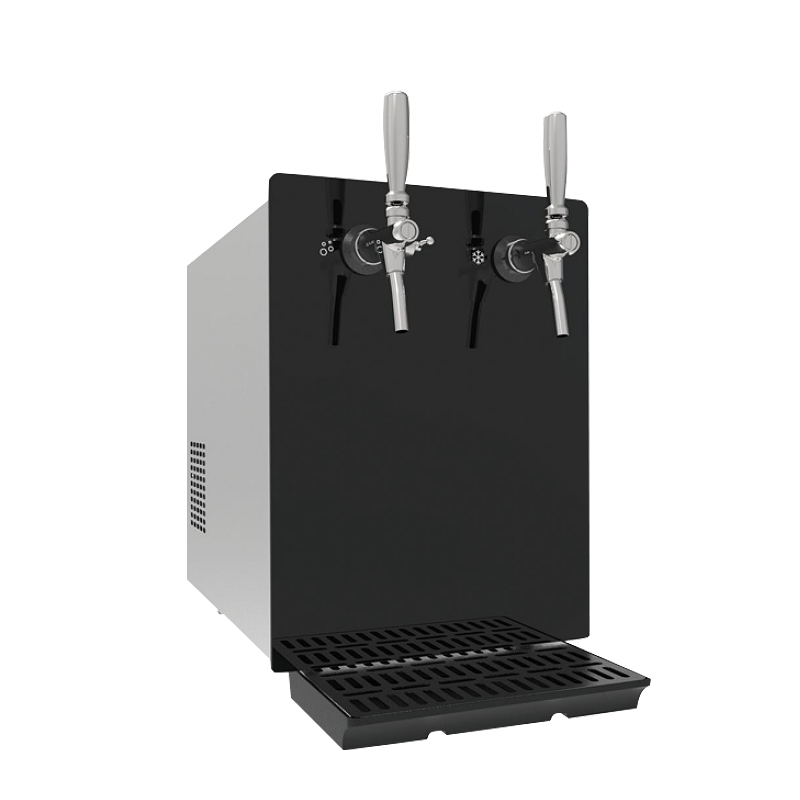

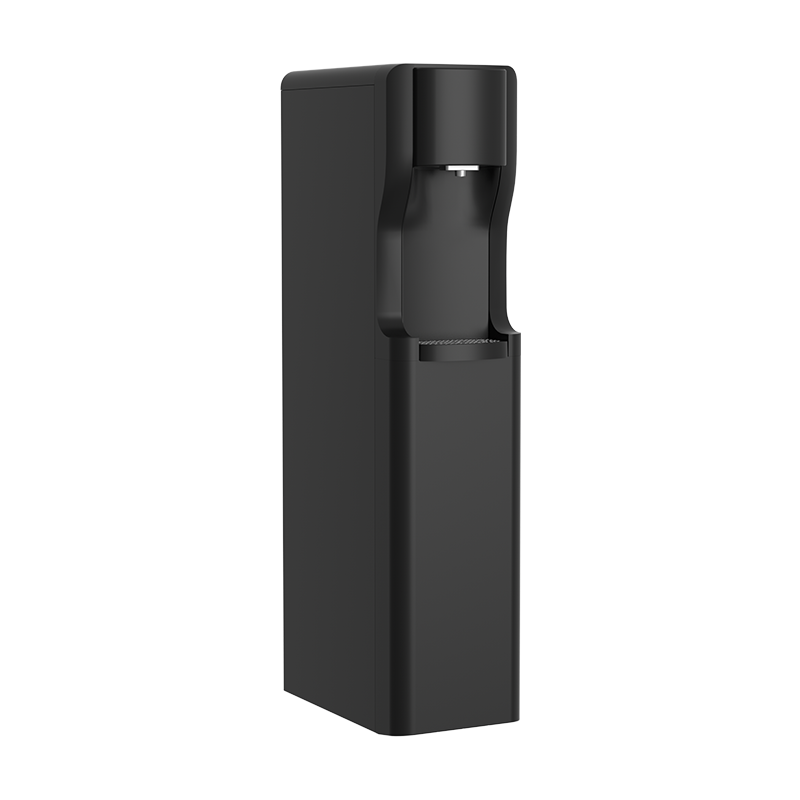
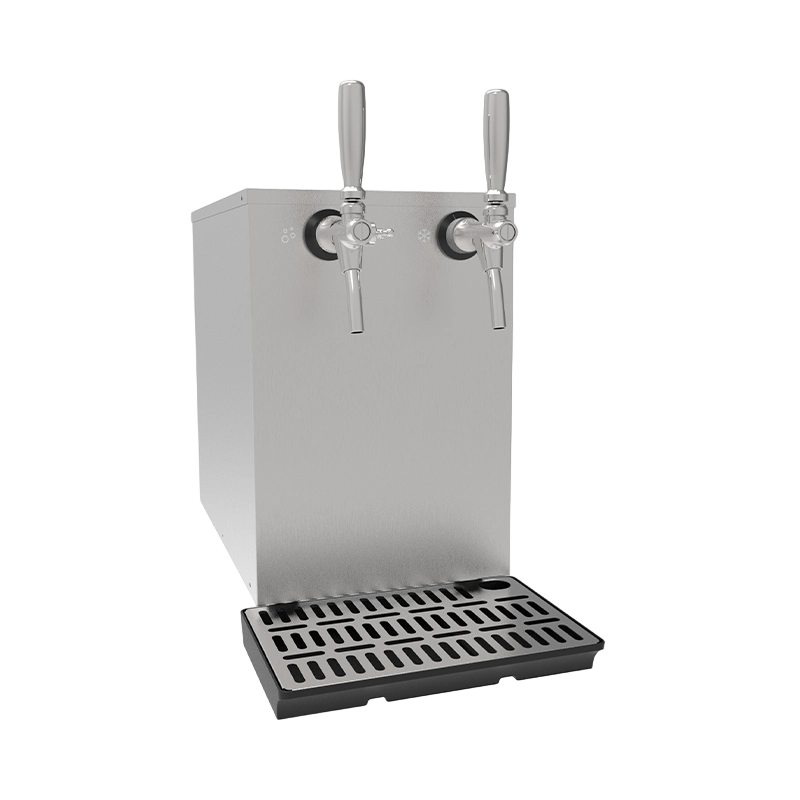
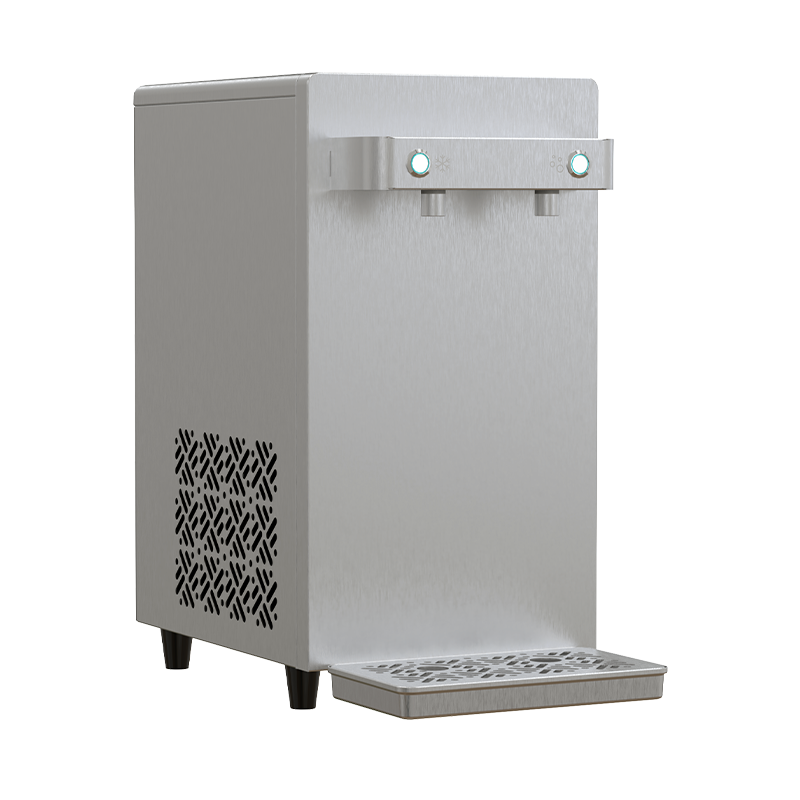
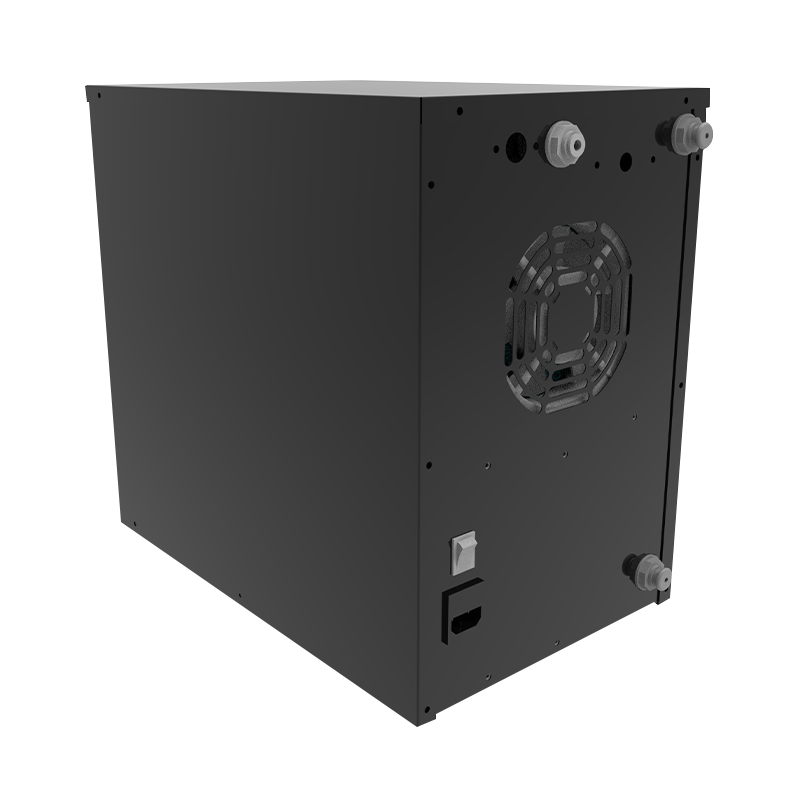

 ADDRESS
ADDRESS CONTACT
CONTACT EMAIL
EMAIL